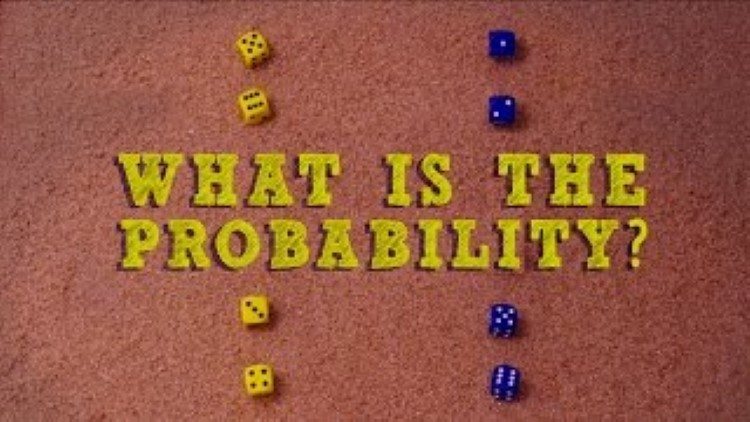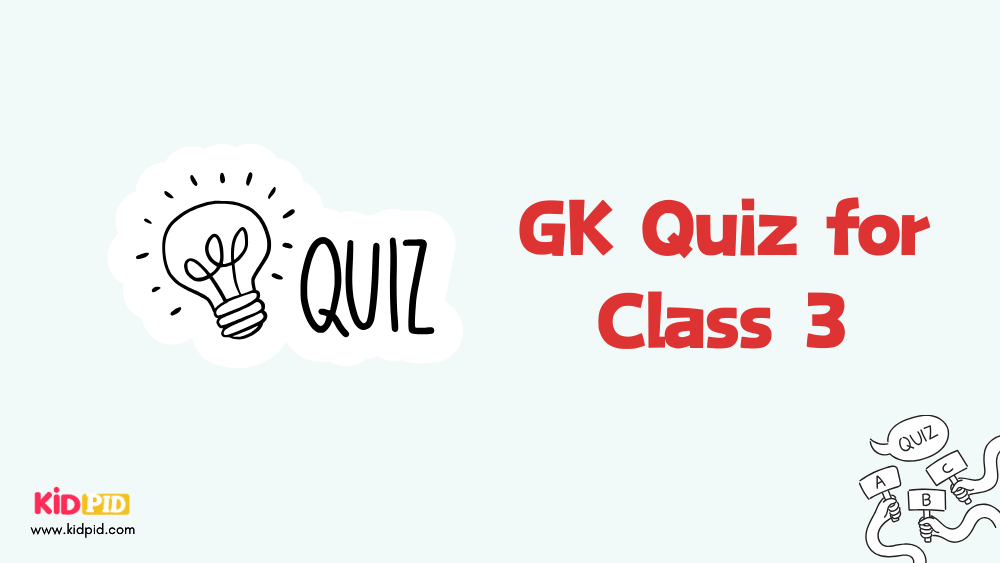The last banana: A thought experiment in probability

Probability is the number of ways delivering success to the total number of possible consequences. Probability does not tell us what exactly the outcome is it will just guide us through it.it will always lie between 0 to 1. Probability is a property widely used in all divisions.
In weather forecaster, sports, and gaming strategies probability is used.
Contents
What is probability?
Probability is the renewed procedure with a set of possible results. It is not confirmed but the assumption that something will happen .probability plays a much role in every department.
Nearly every day in each situation until and unless it is confirmed we make a prediction of things. Probability represents the concept in formal sessions.
Experimental probability is based on a number of possible outcomes by the total number of trials. When we tossing the coins total possible outcomes are heads and tails.
The total number of cases is determined by the total occurrences the coin is flipped. If the coin is flipped 50 times and it arrives on the head 28 times then the theoretical probability is 28/50.
Theoretical probability is a proposition that bases the possible phenomenon that cannot resolve or random event that cannot be determined. the actual outcome is defined by the chance.
Probability is including in a number of industries including healthcare, research, and weather forecast.
Mathematically the events that occur that deal with the occurrence of the random event. There are three types of probability
- Theoretical Probability
- Experimental Probability
- Axiomatic probability
The probability of all events in the sample space adds up to 1.it is signifies with the proportion. its object is collecting data it is based on the percentage of data collected.
If we repeat the rolling dice events many times then there is a frequency of particular outcomes that any one of the players will win. There is no such fixed outcome of dice rolling thus they are called random.
This is an individual consequence and comes up with uncertainty the percentage of time the event happens.
A simple example of probability is rolling dice, where one dice does not depend on another rolling dice. the events like dice rolling are named as ‘random’.
If the theoretical probability is considered still it’s unable to find the expected outcome. the values of theoretical probabilities got by writing down all the values which make a possible combination.
There are 36 possible combinations each with the same chance of happening. and this response is called ‘Equiprobable events’.
Equiprobability is the property for the set of circumstances that each has the same probability of occurring.
There are only one in 36 chances that one will be the highest number. But there are 11 in 36 chances where that six is the largest number.
Out of 36 combinations, there is the result of each die roll is free of the other, and by multiplying their probabilities we can find the joint probability of the events.
This is how probability works in each phase of life. In each quarter even in the human understanding probability takes a huge part while making choices.






Responses